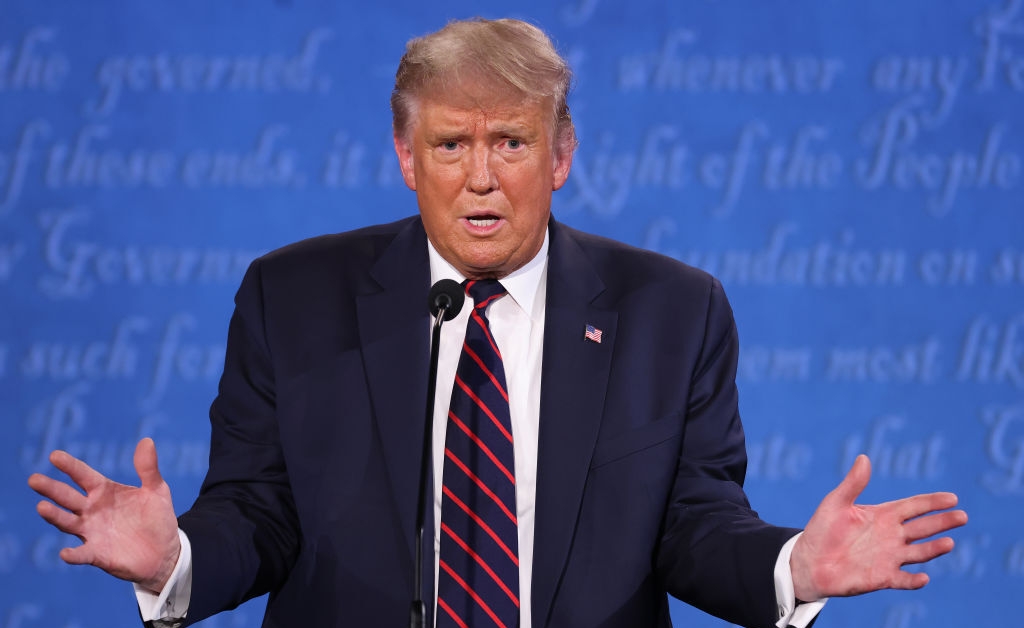Crypto for Advisors: Bitcoin and the Bull
Before Bitcoin came into existence in 2009, there were a couple of attempts to create digital electronic money secured by cryptography. However, Bitcoin is recognized as the first leading crypto and has been the top-performing asset for seven of the last ten years. Equally remarkable is the scarcity of wealth advisors that support their client’s investment in this asset class. A survey of 500 financial advisors saw 72% desiring to invest more in Bitcoin and the broader cryptocurrency sector if a Bitcoin spot ETF was approved. Yet, less than 9% of advisors feel confident advising clients within this asset class. The research underscores a massive educational gap between traditional finance and this emerging monetary system.
Bitcoin is heading towards its fourth halving, due to happen somewhere around April 16, 2024, where the difficulty of mining the coin increases and the reward decreases by 50%, part of ensuring there will only ever be a finite supply of this digital gold.
Thanks to Brian Rudick and Matt Kunke from GSR for taking us through the key points to consider when assessing the Bull Case for Bitcoin in today’s feature article. Brian takes us through Bitcoin’s origins, explaining its unique properties and why this asset matters to advisors.
You’re reading Crypto for Advisors, CoinDesk’s weekly newsletter that unpacks digital assets for financial advisors. Subscribe here to get it every Thursday.
Satoshi Nakamoto, the anonymous developer of Bitcoin, first released the Bitcoin whitepaper in 2008 describing his or her vision for a “peer-to-peer electronic cash system.” At a high level, the Bitcoin blockchain can be thought of as a decentralized database or distributed ledger comprised of a network of computers called nodes that simply record and keep a local copy of who paid what, to whom, and when. Such payments are denominated in bitcoin, a digital asset by the same name with a 21 million maximum supply, and the network uses cryptography and a consensus mechanism to record transactions in a trustless, open and transparent manner (see How Bitcoin Works for a full overview).
Such a construct – an open network of unrelated nodes following code-based rules to agree on and locally record valid transactions without a central leader – results in Bitcoin’s key properties: Bitcoin is decentralized with no central point of control; trustless as nodes implement open-source software; censorship resistant with transaction history stored locally on thousands of unrelated machines; immutable as historical transactions cannot be changed; and permissionless as anyone can partake in the network. Additionally, Bitcoin utilizes new, internet and blockchain-based rails, rather than existing, antiquated financial rails, and its technology forms the building blocks for later blockchains that add programmability and arbitrary computation to the decentralized ledger. This makes the technology underlying Bitcoin the basis for novel use cases like identity, ownership, governance, computation and more, and enables the democratization of value exchange, removal of rent-extracting intermediaries, and establishment of new paradigms around ownership and governance.
Given technical limitations and a fixed supply, Bitcoin itself has evolved from its intended usage as a P2P electronic cash system to a store of value / monetary good, and it in fact exhibits many of the attributes of money including durability, portability, divisibility, uniformity, scarcity, and acceptability. While the technology underlying Bitcoin ushers in myriad use cases and benefits, it is precisely its simple and narrow monetary use case, undying code, and provable scarcity that had made Bitcoin the apex monetary asset and reserve currency of the digital realm.
A key tenant of bitcoin’s investment thesis is this status as the non-sovereign digital reserve currency. Given its leading decentralization and security, large network effects, and first mover advantage, it is highly unlikely that another crypto-asset can challenge bitcoin in this regard; anyone looking for a decentralized digital store of value is likely to select bitcoin, which then furthers this status. Moreover, the need for and importance of a non-sovereign, internet-native store of value should only grow as the world becomes increasingly digital and internet users increasingly demand a borderless, digital money outside the grasp of a centralized entity. To boot, the 425 million crypto users today represent just 8% of the population with internet access – a far cry from the potential upside scenario of ubiquity – and the market cap of bitcoin represents just 4% that of gold.
:format(jpg)/cloudfront-us-east-1.images.arcpublishing.com/coindesk/YUJ7NLHS4FESNJCCPOVSKA4JWA.png)
Source: Datareportal.com, Zenith, Crypto.com, CoinGecko, Gold.org, GSR
In addition, bitcoin may act as a non-sovereign hedge against government policy missteps, which may be of particular importance with increasingly large fiscal and monetary intervention around the globe. In fact, bitcoin’s provably finite supply suggests it may provide some insulation from inflation, negative interest rates, and other consequences of unorthodox or potentially harmful policy. Bitcoin’s history is too limited to say whether this has thus far been the case, though there has been a significant correlation between inflation expectations and the price of bitcoin. And, there are multiple examples of investors flocking to bitcoin when inflation worries increase or during periods of stress in the traditional financial system, as we saw with the recent banking crisis.
Lastly, bitcoin also offers many benefits from a portfolio construction perspective. Bitcoin adds key diversification benefits to a well-balanced portfolio with its low historical correlation to traditional assets. Moreover, its historical returns have more than compensated for its immense volatility, and such volatility makes bitcoin extremely capital efficient when evaluated through a portfolio allocation lens. Indeed, adding just a 1-2% allocation to bitcoin has a large positive impact on a portfolio’s risk-adjusted returns, both on an absolute basis and relative to adding other asset classes.
In conclusion, Bitcoin is truly a novel creation. Tens of thousands of computers around the world come together to keep a decentralized, trustless, permissionless, censorship resistant, and immutable ledger of payments that reimagines the financial rails and gives rise to novel use cases and benefits. Bitcoin is the non-sovereign reserve currency of the digital realm, and its role and importance should only grow with compounding network effects and as the world becomes more digitized. Moreover, bitcoin can act as a hedge against global policy missteps, and it may inexpensively add diversification to well-balanced portfolios to improve overall risk-adjusted returns.
– Brian Rudick, Senior Strategist and Matt Kunke, CFA, Research Analyst, GSR
Ask an Advisor: Clients Want to Know Why Bitcoin Matters
Q: What is the bullish case for Bitcoin as a good storage of value?
A:
Scarcity. Bitcoin (BTC) has a hard cap of 21 million bitcoin that may ever exist, making it a potential hedge against inflation, exceeding on almost every level when compared to gold, the long reigning King of the Contrarians. Skeptical investors have turned to gold traditionally to offset the risk of a declining reserve currency like the US Dollar. Since its inception, we’ve seen a steady decline in the purchasing power of the dollar and each day someone is passing on that laments that fact that we are no longer on the gold standard and someone else is coming into their prime earning years that has only ever spent money on their smartphone. The perception of what funny money is can quickly be turned on its head as younger investors see gold as problematic on many levels from how workers are treated in gold mining operations to the fact that while gold may have been the scarcest asset a hundred years ago, it is not hard capped.
Q: What is the bullish case for Bitcoin’s long-term rise in value?
A: Eventual federal regulation. Following the very high-profile 2022 meltdown at FTX, 2023 felt like it might be the year we would see the first federal regulations coming into play with Gary Gensler as the current SEC Chairman, and the fact that Mr. Gensler himself had taught a course at MIT on Blockchain. So far, Gensler has opted to sue individual exchanges like Coinbase and Binance before putting any clear regulations in place. With the largest financial firms unwilling or unable to even transact in crypto Assets in a pre-regulation world, this presents a large problem for the crypto affluent, seeking to bring their digital wealth into the personal estate plan.
Echo45 Advisors LLC is a Registered Investment Advisor. Advisory services are only offered to clients or prospective clients where Echo45 Advisors LLC and its representatives are properly licensed or exempt from licensure. Past performance is no guarantee of future returns. Investing involves risk and possible loss of principal capital. No advice may be rendered by Echo45 Advisors LLC unless a client service agreement is in place.
– Jon Henderson, CFP®, CRPC®, CBDA, Founder/CIO, Echo45 Advisors
Keep Reading
During its last bull run, bitcoin became the best performing asset class of the last decade, outperforming the Nasdaq 100. Will history repeat itself?
What is the bitcoin halving and how does it work? An explanation of the key technology feature that keeps reducing the supply and drives the price of the reward up.
Edited by Bradley Keoun.









